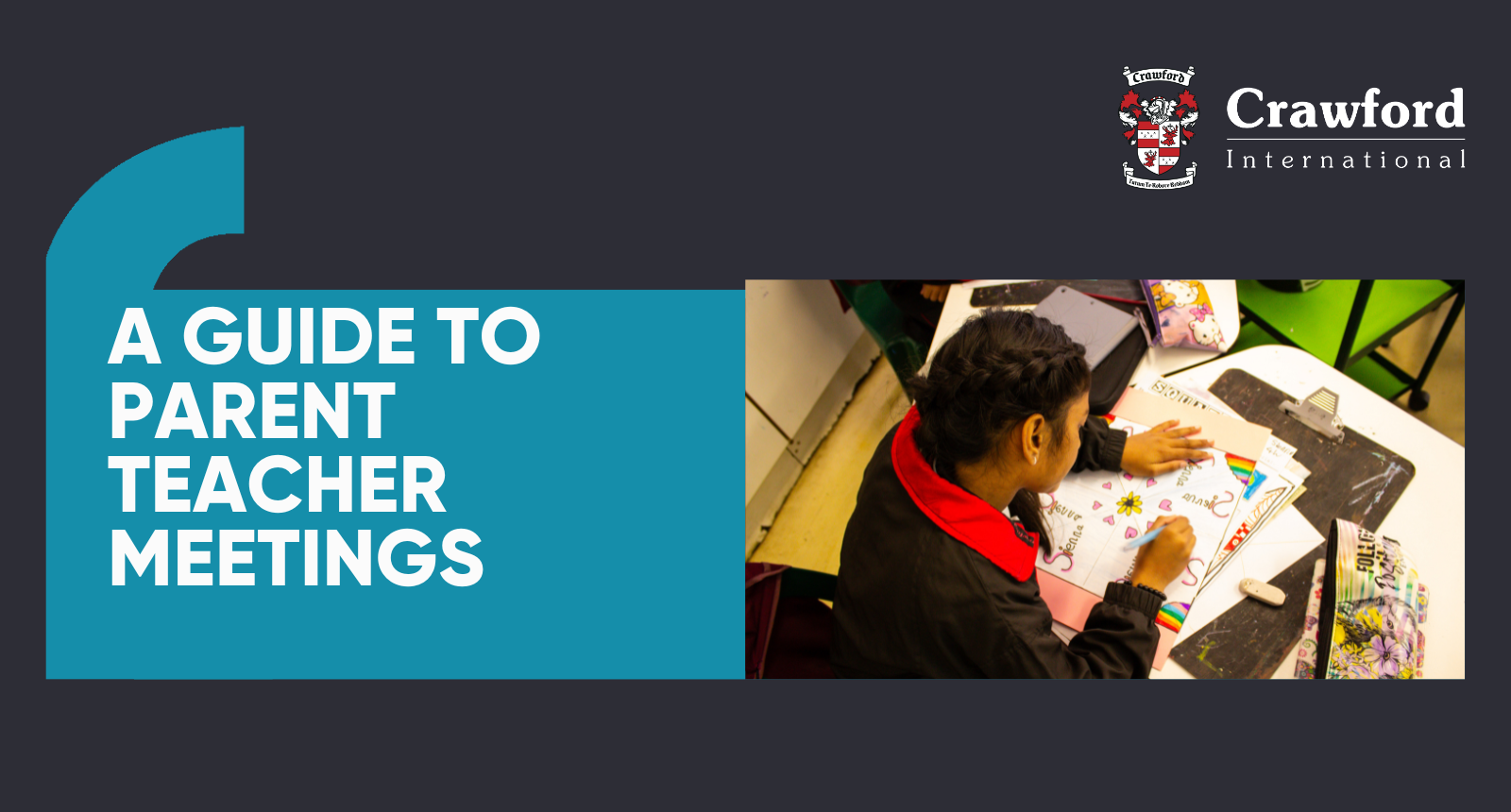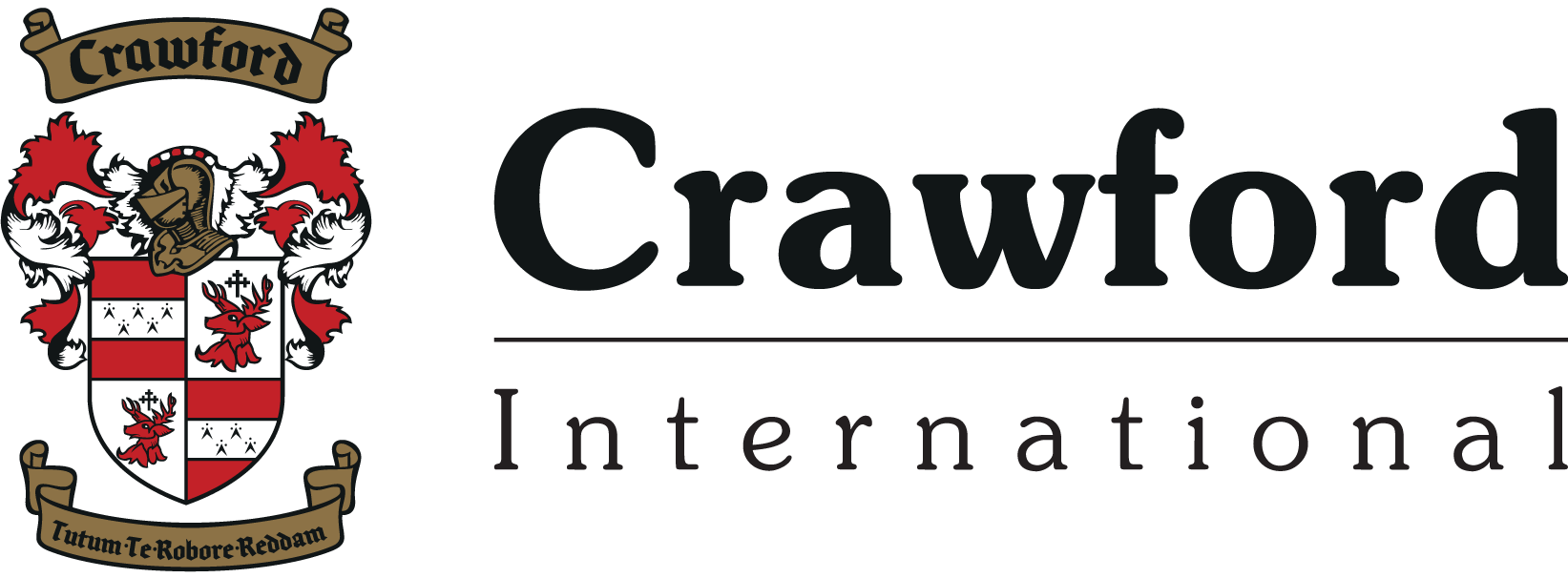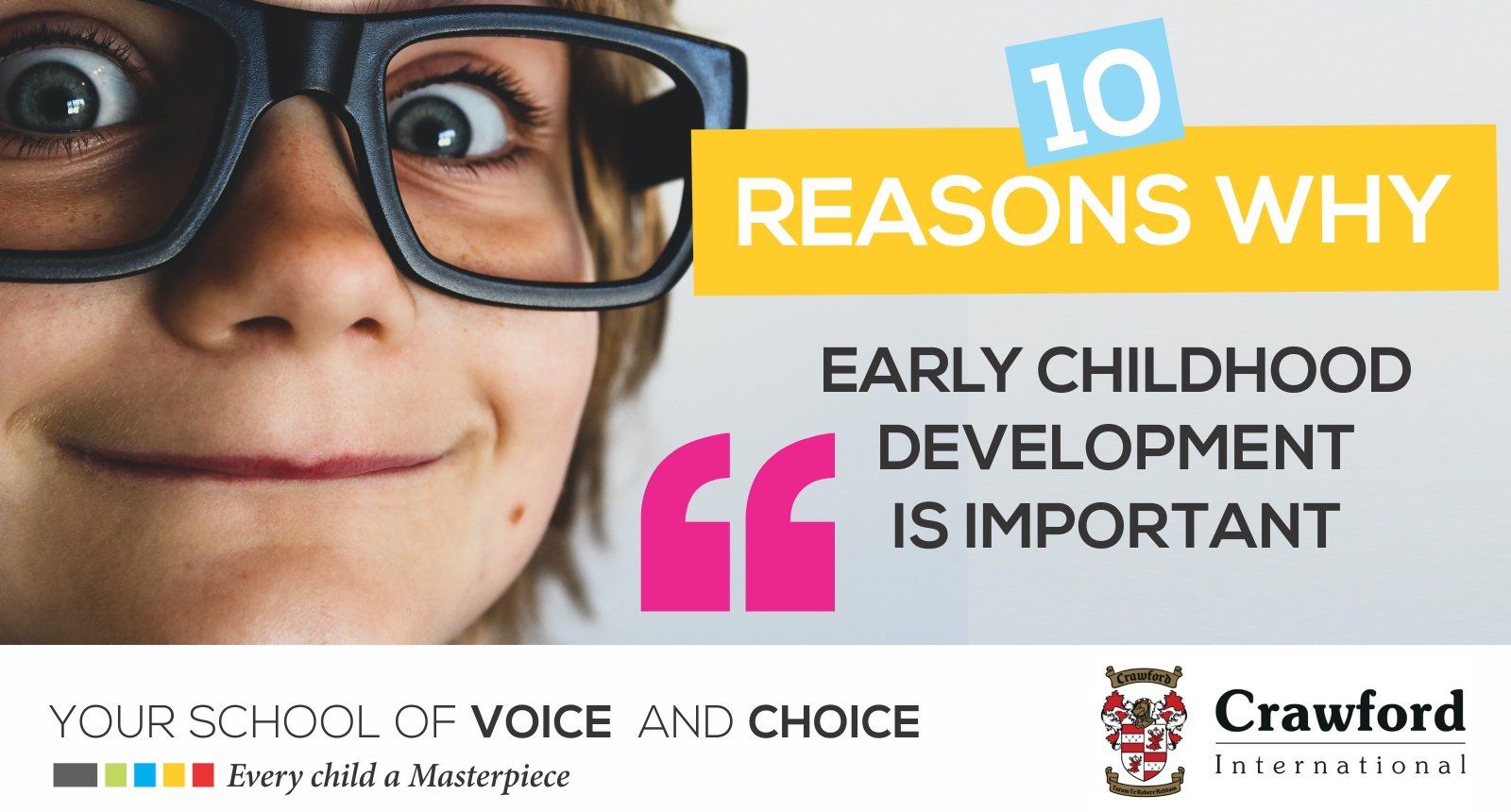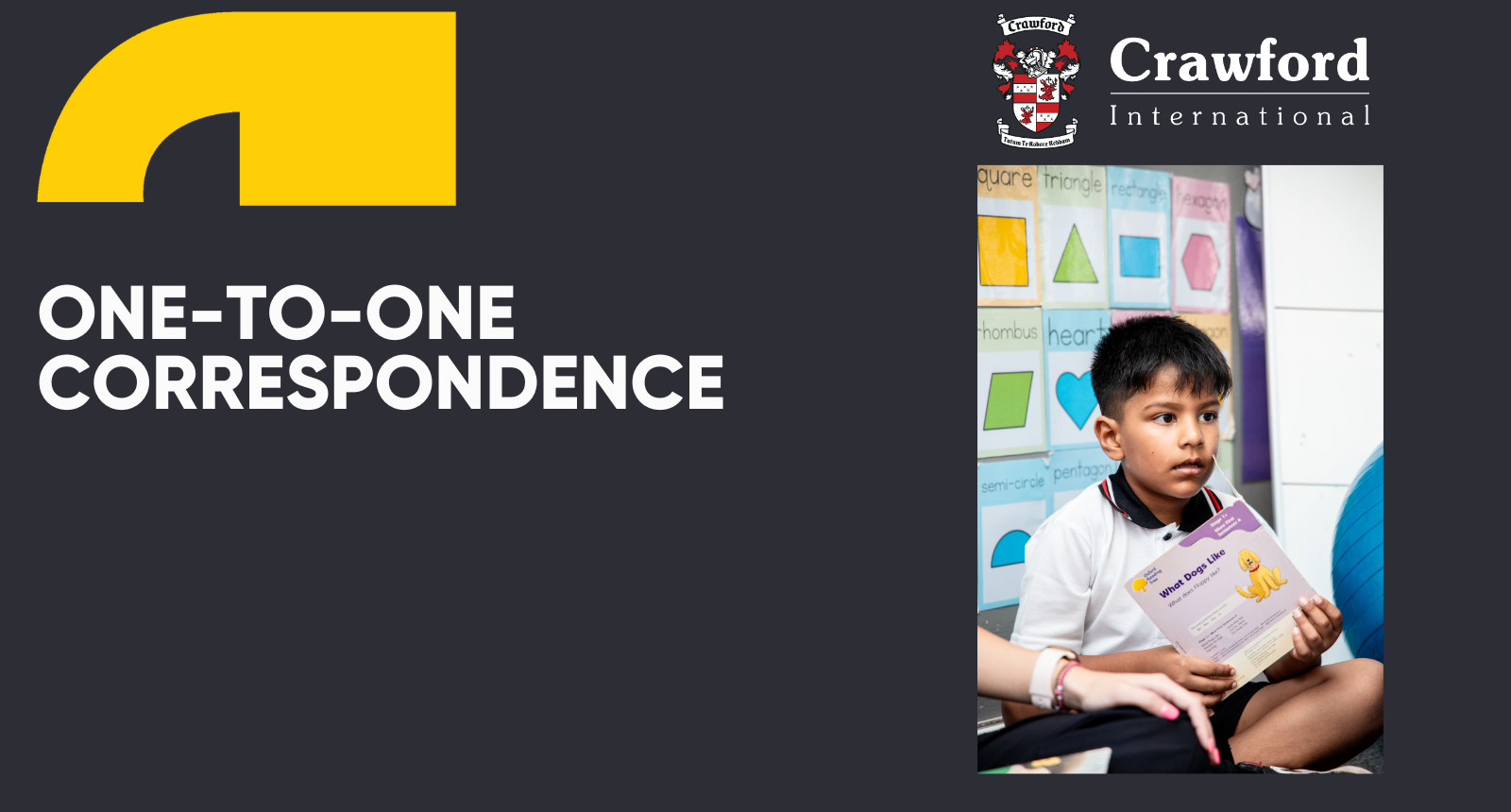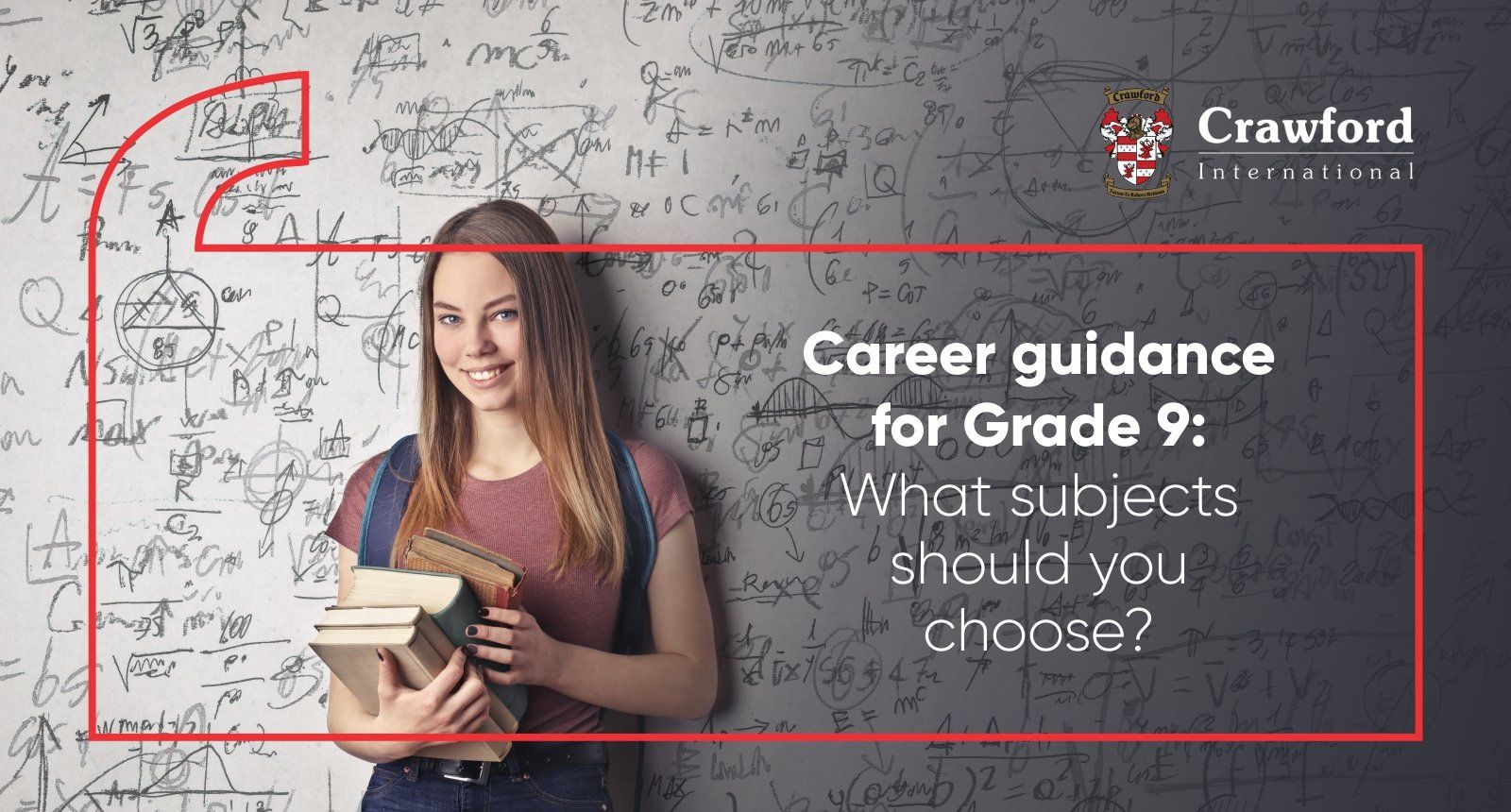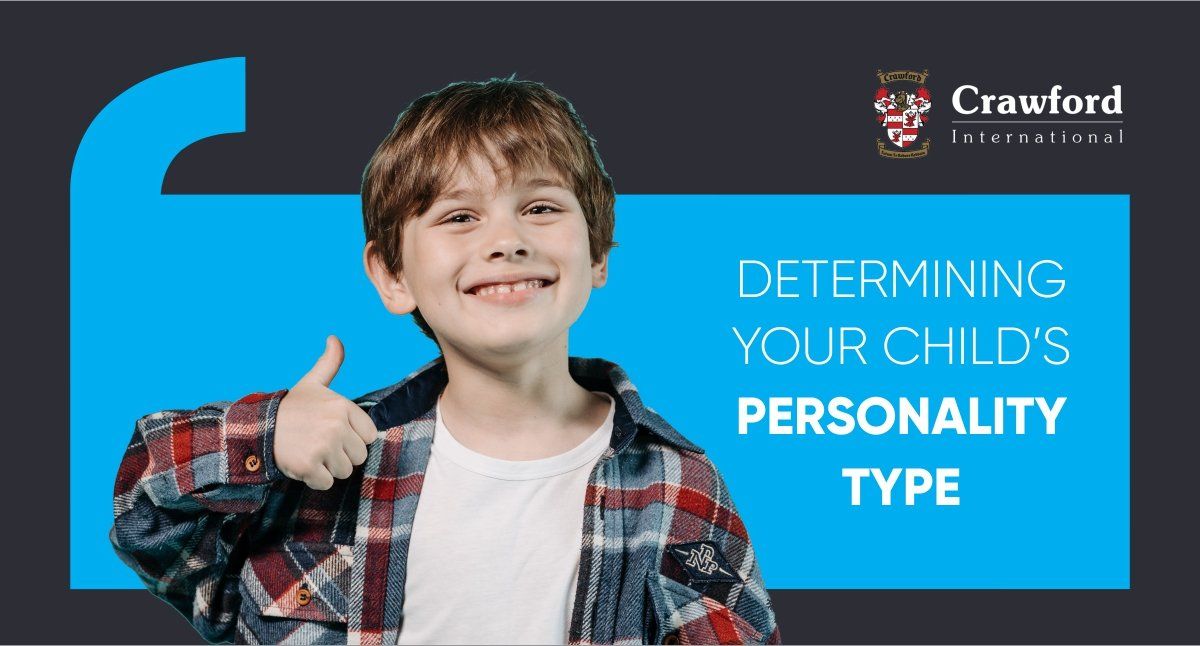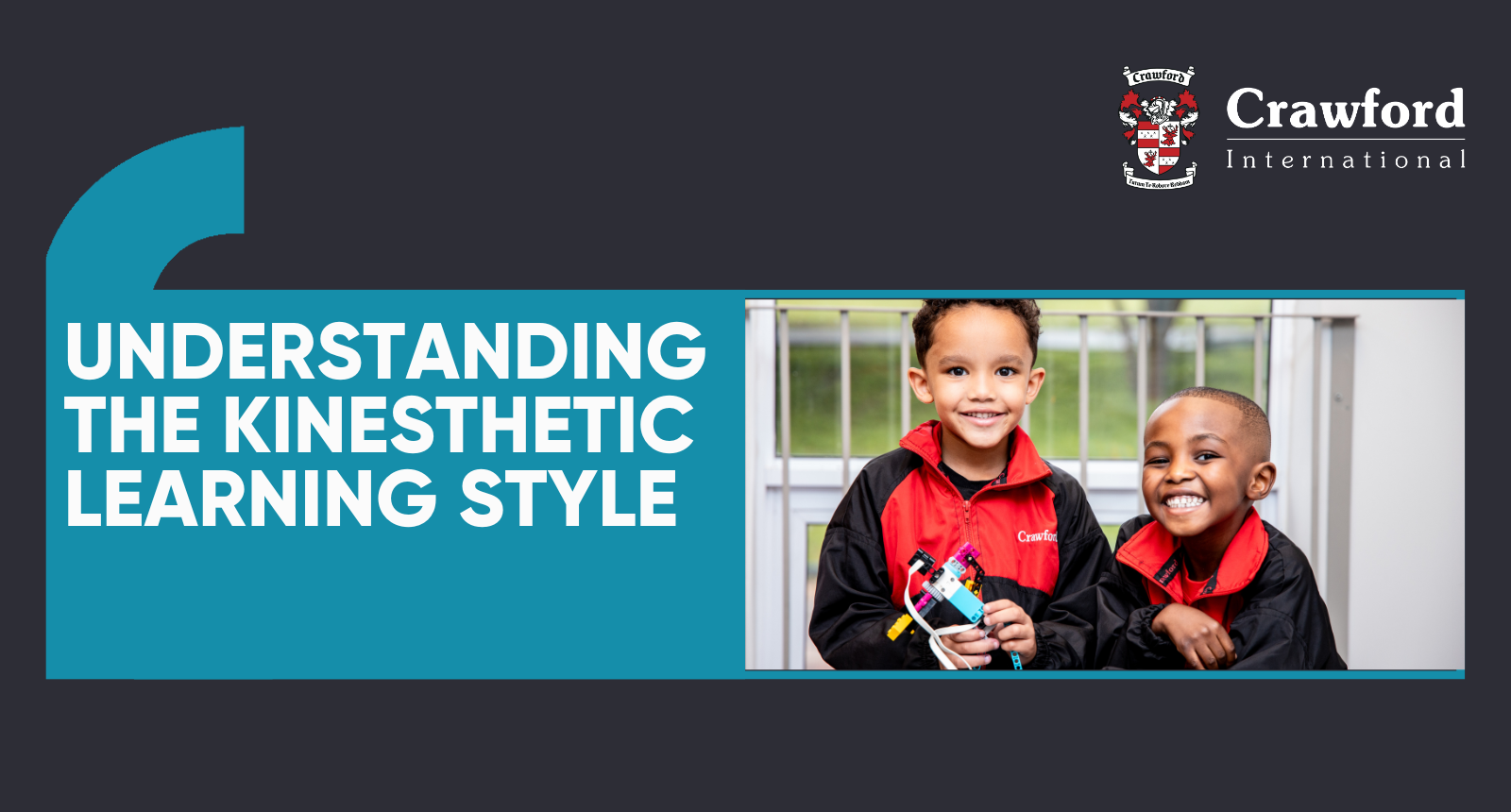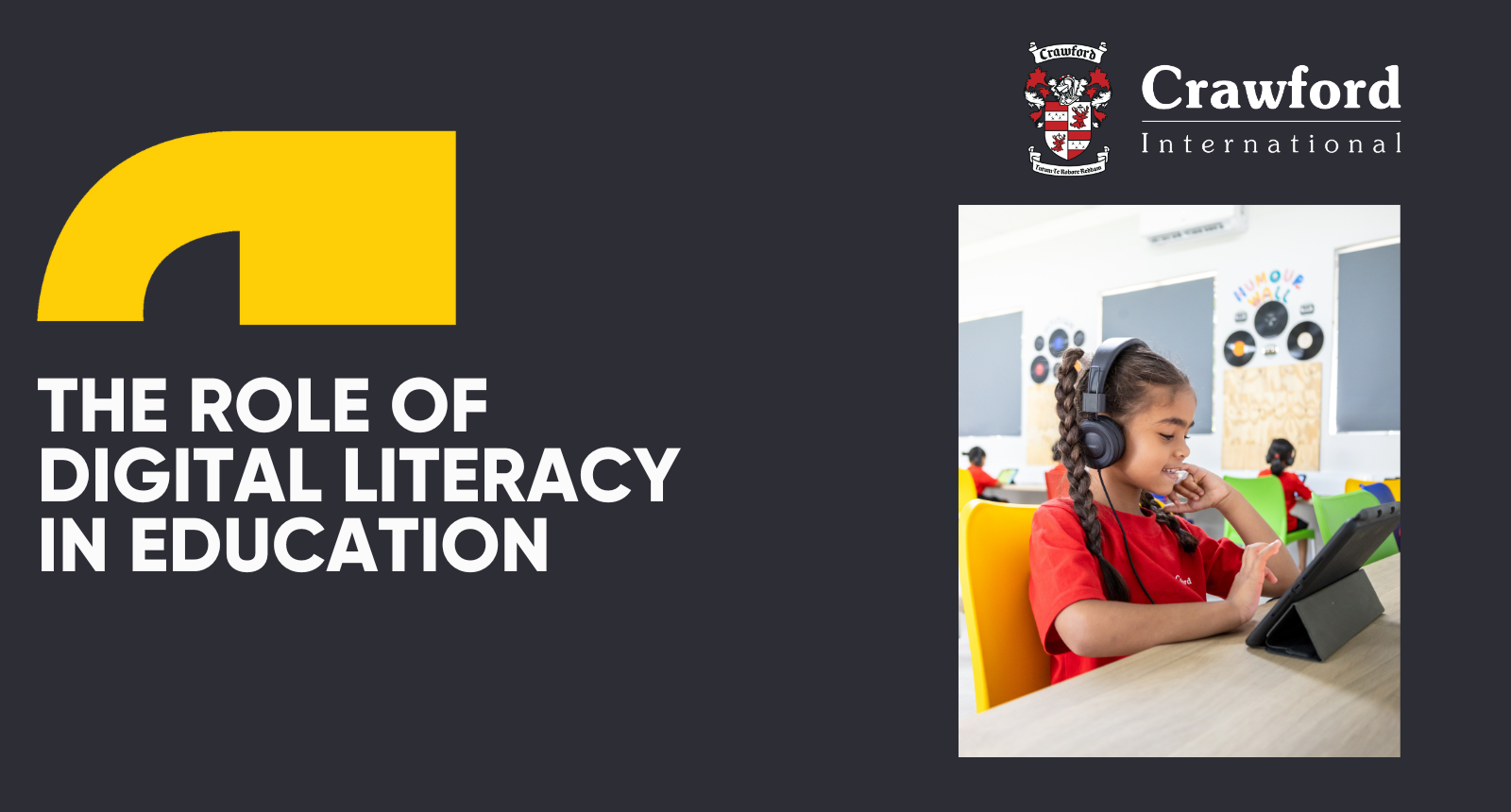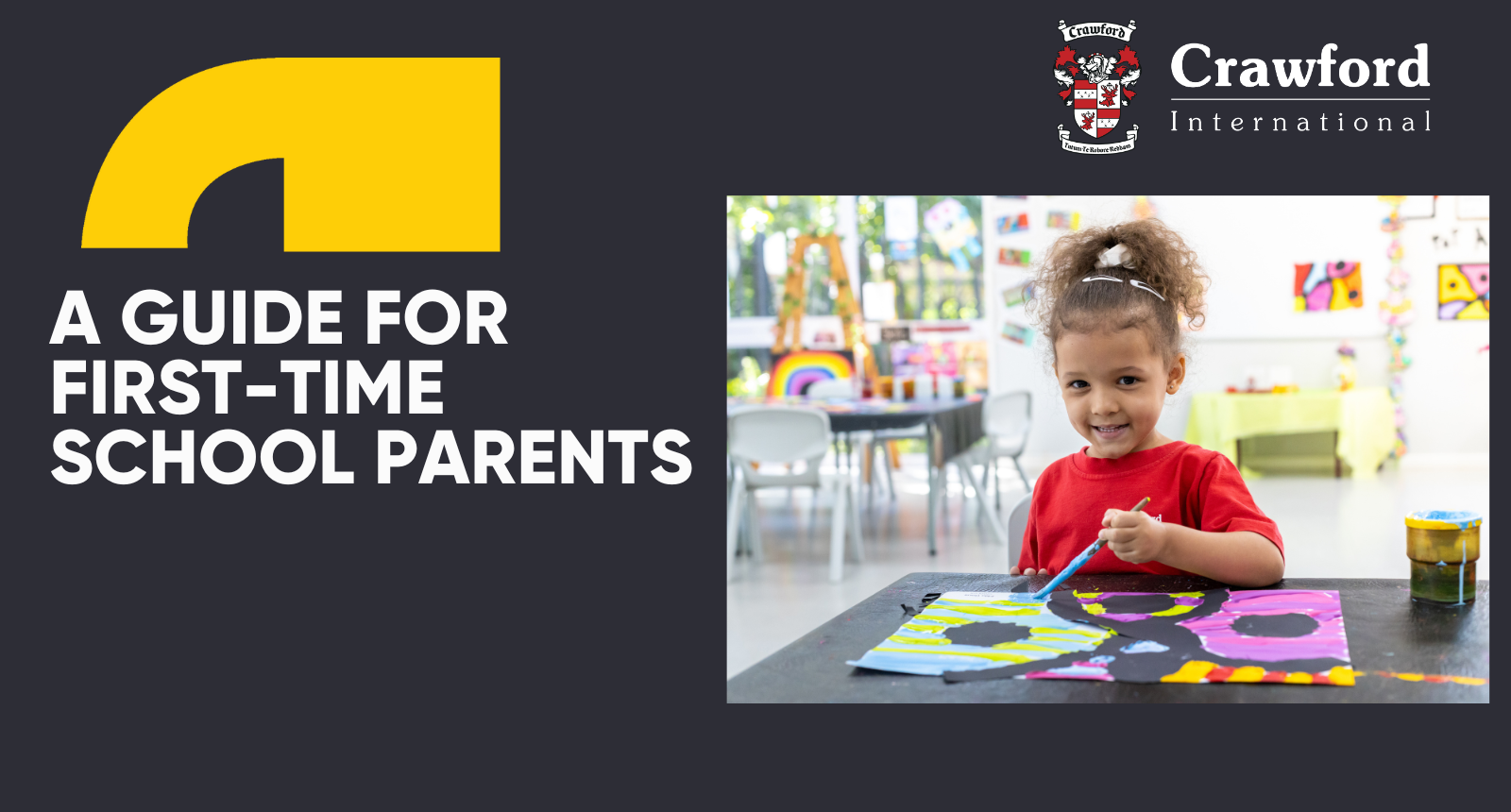How to identify your child’s learning style
May 12, 2023
Help your child study more effectively by knowing how they learn best.
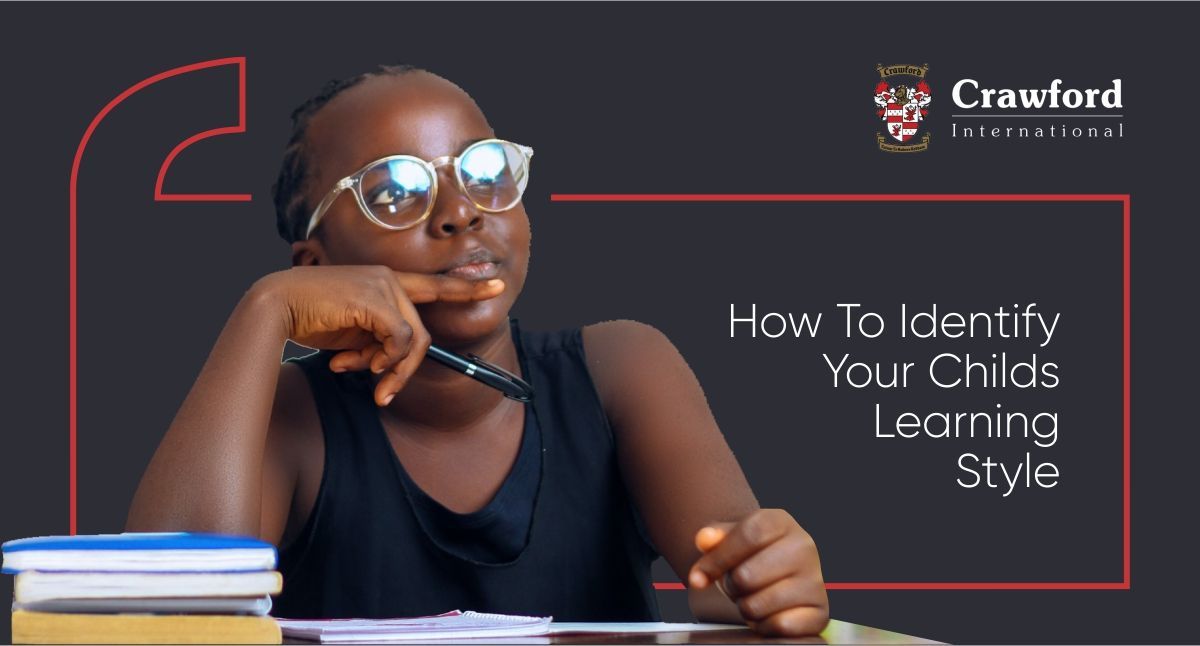
Due to individual differences in how our brains process, organize, and comprehend information, the speed and ease at which we learn something new can vary significantly. Educational experts have segmented these ways of learning into categories, called ‘learning styles’. This has nothing to do with intelligence – your dominant learning style is simply how your brain learns most efficiently. And this applies to your child too. Individuals can learn something new at different speeds and levels of difficulty. This is due to differences in how our brains process, organize, and comprehend information. Educational experts have identified these ways of learning and categorized them into "learning styles".
Every child will use all learning styles at some point. Knowing your child's most dominant learning style can help them study effectively. This can lead to better results.
Why is knowing your child’s learning style important? Well, it lets you – and your child – know how best to approach studying to get the very most out of it.
What are the different learning styles?
Every child will utilise all the styles of learning at some point, but knowing your child’s most dominant learning style can help them find ways to study more effectively. Here is more information on the three main learning styles:
Visual Learners
- Visual learners store and remember information through sight. They love books and reading materials, enjoy writing notes, tend to do well at spelling, and enjoy using visual materials when learning. You may even find that they can remember where specific information is located on a page. Visual learners also tend to be innately tidy They often think in pictures and have strong imaginations and use visual cues like body language and facial expressions to navigate the world. Demonstrations and descriptions help them learn.
How to support your visual learner:
- Let them sit as close to the front of the class as possible so that they can see the teacher’s facial expressions and take notes from the board.
- Offer stationery that will enable them to make their notes interesting and engaging using mind maps, flashcards, etc.
- Written instructions, rather than verbal ones, help these learners.
- A very busy classroom or study zone may be distracting, so avoid lots of decorations, movement or action in these spaces.
- Essays, exams, reading comprehension and diagrams are great for these learners, but they may struggle with listen-and-response tasks, so help your child practice these to pick up this skill.
Auditory Learners
- Auditory learners Learn through listening, so verbal instruction, class discussions, talking things through, lectures, and audiobooks are the most effective learning media. These learners tend to memorise well, enjoy discussions and debates, engage when reading aloud, and are generally talkative in class simply because they are articulate speakers. You’ll notice that they love music and sing often and enjoy telling stories and jokes. They may struggle when it comes to diagrams and graphs, often use a finger as a guide when reading, and are good at grammar and languages.
How to support your auditory learner:
- Use jingles, mnemonics, or little songs to remember pieces of information (never eat sour worms, for example, for remembering the four main directions of North, East, South, West).
- Study groups, where they can “teach” each other information are good for this learner.
- They could also “teach” you, or a group of their toys.
- Let them listen to white noise or classical music while studying.
- Audio books and/or videos are great learning resources.
- Too much noise can be distracting for them, so ensure a relatively quiet study area is available.
- They may struggle with reading comprehension, so try to practice this skill with them.
Kinesthetic Learners
- Kinesthetic learners retain information best through moving and doing. They enjoy action and discovery, building models, using tools and manipulating things. They master skills in a hands-on manner, through demonstrations, imitation, simulation and role-playing. They may find it difficult to sit still for long and get restless during long lessons, and as a result may be considered ‘hyperactive’. They remember who did what rather than what they said or how they looked. These are the collectors of things, they talk fast and use their hands when communicating.
How to support your kinesthetic learner:
- Because the physical world engages this learner, they need to be comfortable when studying – they may prefer to sit on a bed or the floor rather than a chair, or even study by talking and walking. Let them.
- Allow for frequent breaks to help them stay focused.
- Because they may fidget a lot, use physical tools to help while studying, like fidget toys, a wobble cushion, or even Pilates ball to maintain focus.
- Multiple choice tests, fill in the blanks, and answering questions with short definitions are strengths for this learner, but they’ll need to practice writing long essays to master this skill.
What is your child’s learning style?
Reflect a bit on how you’ve noticed your child picking up new things and retaining information. They can even complete this quiz themselves to determine their main learning style.
When building something they:
- Read the instructions before starting
- Can follow instructions when told what to do
- Use the pieces to figure it out for themselves
After meeting someone they:
- Remember what they looked like
- Remember what they said
- Remember what they did
When asking for directions or help, they:
- Want to see a diagram or map and make notes
- Ask someone to explain it
- Find their own way
They enjoy:
- Reading books and magazines
- Listening to music
- Going out for a walk or playing sports
Mostly As:
Mostly Bs:
Mostly Cs:
This is only a general guide to helping you and your child identify their main learning styles to help streamline their studying. If you are worried about their learning or performance, chat to your family doctor or an educational psychologist for pro advice.
We also have some great study tips and techniques in this blog article.

